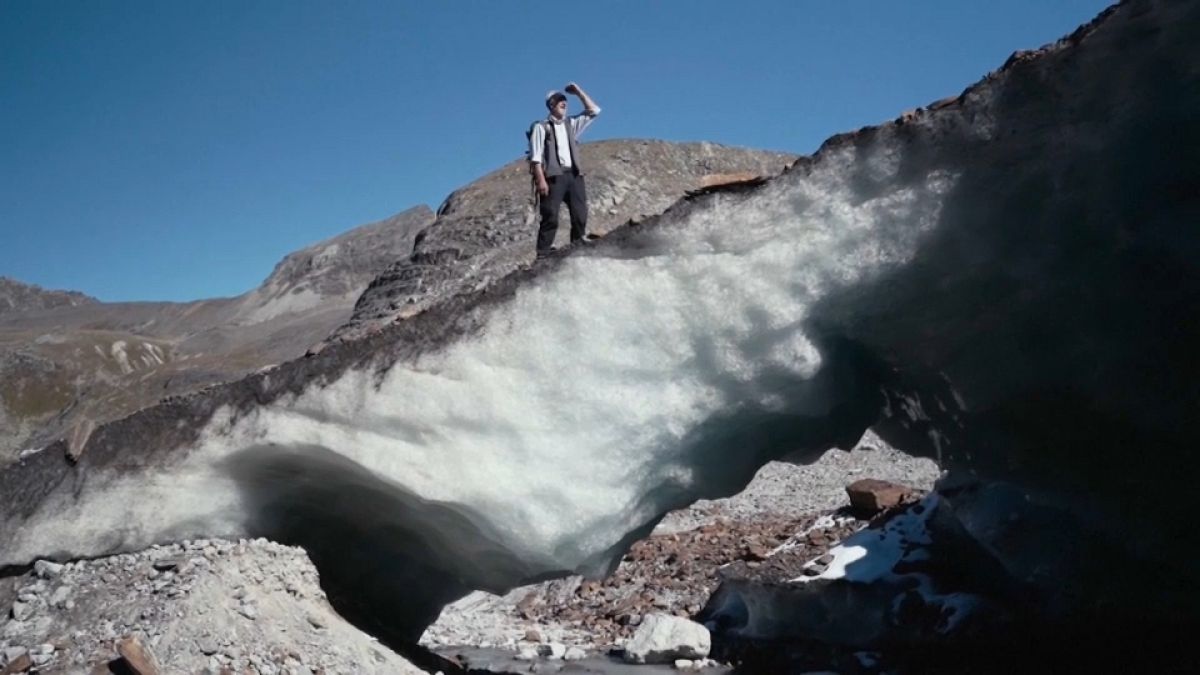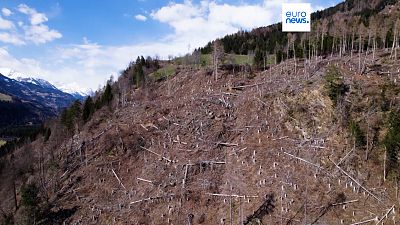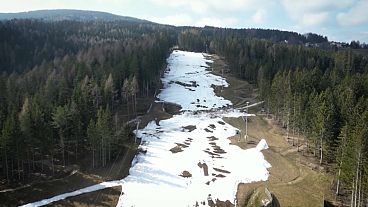The report details the rapid shrinking of 93 glaciers in Austria in the last couple of years.
Austrian glaciers will be gone in 45 years, the Austrian Alpine Club (OeAV) warned on Friday, in its latest glacier measurement report that details the rapid shrinking of 93 glaciers in Austria in the last couple of years.
The biggest retreat was that of Austria's biggest glacier - the Pasterze, in the Glockner mountain group in the southern province of Carinthia - which shrank by 203.5 metres, a record for that glacier.
The Rettenbachferner glacier in Tirol came in second, losing 127 metres of ice. Of the 93 glaciers observed between 2022-2023, only one did not shrink further.
The 79 glaciers measured both last year and the previous year were an average 23.9 metres shorter than a year earlier, it said in an annual report. That was the third-highest figure of shrinkage in both the club's 133 years of measurements and in the past seven years. The retreat of 14 other glaciers was observed less precisely, for example by comparing photos.
“There might be some remnants in shadowed locations - maybe at the Glockner glacier on the north-east side, some areas in the Oetztal valley,” the head of the glacier measurement service Andreas Kellerer-Pirklbauer told reporters at a press conference in Salzburg. But “de facto in 40 to 45 years all of Austria will be pretty much ice-free.”
What's behind the 'unstoppable' disappearance of Austria's glaciers?
"Time is up” for Austria’s glaciers, announced Gerhard Lieb, co-leader of the Austrian Alpine Club's glacier measurement service.
The process of forming snow reserves at the upper ends of glaciers so that they can stabilise takes decades.
Only if snow and ice would start forming again now could the glaciers at least maintain their current size Lieb explained, but “you can’t save the Austrian glaciers anymore, because the systems are too sluggish.” Their disappearance in the coming decades is “unstoppable”, he added.
The experts, both of whom work at the University of Graz's geography institute, said that the continued existence of Austria's glaciers is down entirely to ice reserves from the past.
Two Austrian glaciers receded by more than 100 metres
Last year's average figure for glacier retreat fell short of the record set in 2021-2022 of 28.7 metres. But no glacier receded by more than 100 metres that year, and two did in the latest report: alongside the Pasterze, Tyrol province's Rettenbachferner glacier was 127 metres shorter. Only one glacier, the Baerenkopfkees in the Glockner group, was unchanged in length last year.
Glaciers are masses of ice that form as snow and ice compact over centuries and then flow slowly over land. Their melting is one of the most notable indications of human-caused climate change, with glaciers around the world rapidly retreating.
Experts in neighbouring Switzerland said in September that that country saw 4 per cent of its total glacier volume disappear in 2023, the second-biggest decline in a single year on top of a 6 per cent drop in 2022.



